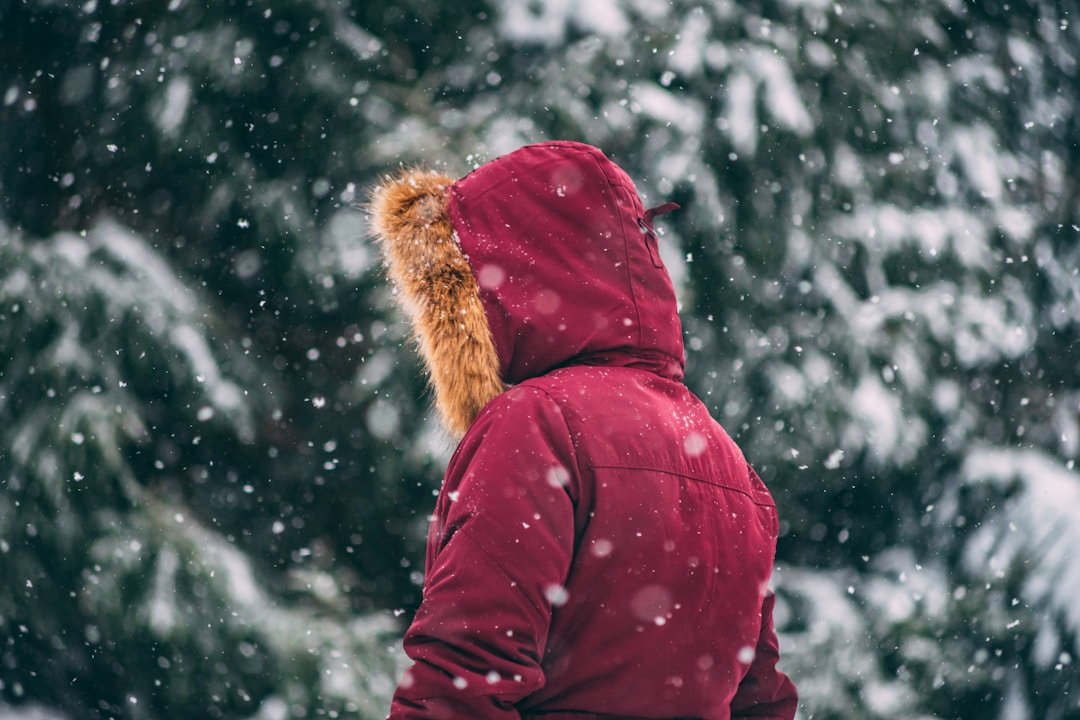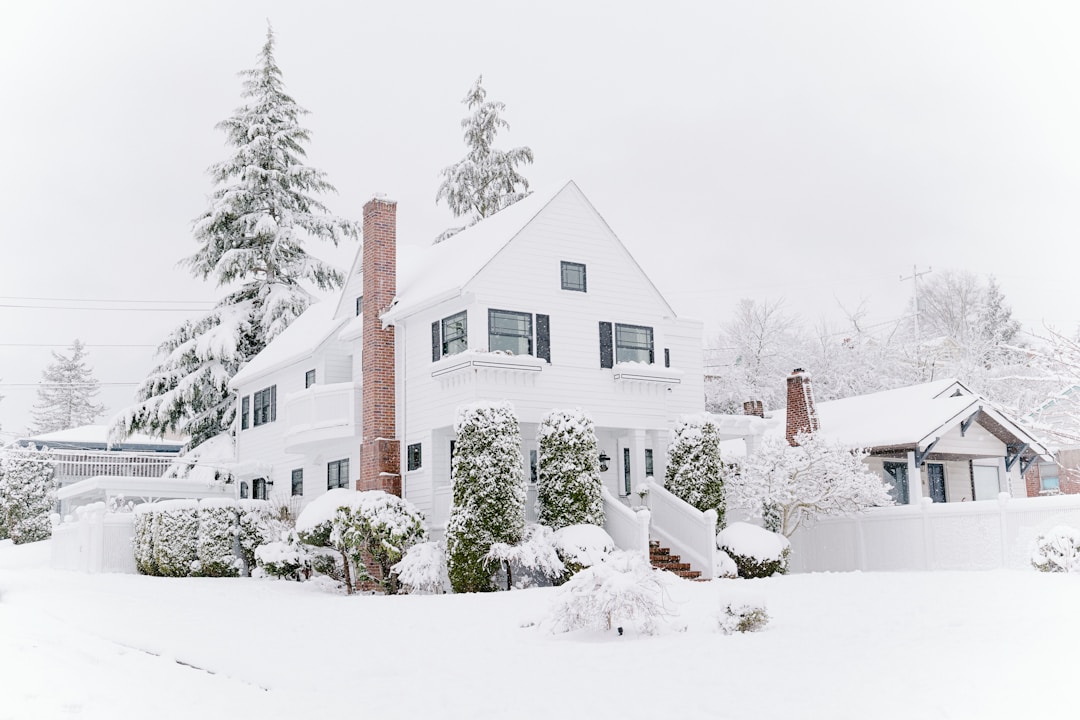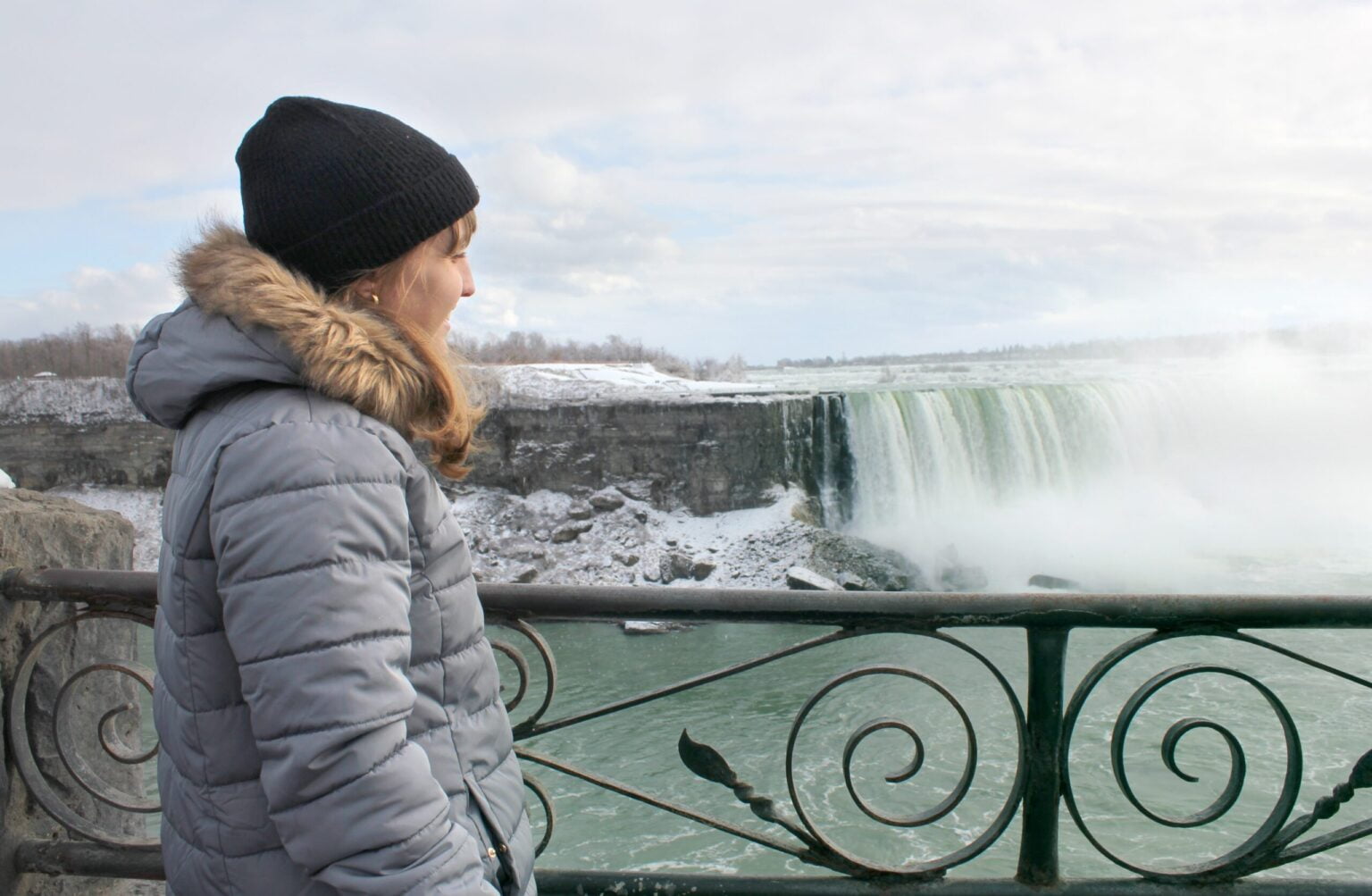There is no doubt that winter in Canada is nothing short of beautiful, with snow-covered landscapes and breathtaking views that attract thousands of visitors each year. However, the cold weather also poses challenges, and it’s essential to be prepared for it to make the most out of your time. Many people don’t know what to do or where to start. In this article, we will discuss tips for getting ready for Canada’s winter, including selecting the appropriate winter clothing, preparing your home, acclimatizing to the chilly weather, and ensuring your vehicle is winter-ready.
Choosing the Right Winter Wear

Among the most integral aspects of preparing for winter in Canada is selecting the appropriate attire that helps you stay warm and protected. It is wise to invest in a high-quality winter coat that is suitable for various weather conditions and is comfortable to wear. One such example of excellent winter wear is plus size winter coats Canada, providing excellent warmth and comfort for all body sizes. The harsh Canadian winters are no joke and can bring freezing temperatures, icy winds, and heavy snowfall. Without proper protection, it can be unbearable to step outside.
Layering is critical when dressing for Canada’s winter too. Opt for warm fabrics like thermal or wool for your base layers, followed by insulating layers such as sweaters or fleece jackets. Finally, complete your outfit with the waterproof, windproof outer shell. You want your feet, hands, and head are also adequately protected with insulated boots, gloves, and hats or earmuffs, respectively. Spending a little extra on high-quality winter clothing can greatly enhance your experience and protect you from the health risks associated with cold weather.
Preparing Your Home for Winter

Canada’s frigid winter can have a profound effect on your home, so it’s vital to prepare appropriately to avoid potential damage. Start by inspecting your home’s insulation and sealing any gaps or leaks that may be allowing cold drafts in. Installing weatherstripping around windows and doors is another effective strategy to keep your home warm and avoid wasting energy on heating. Preventing frozen and burst pipes should also be a priority when winterizing your home.
Insulate pipes that may be exposed to freezing temperatures, particularly those in unheated areas like basements or attics. Draining and disconnecting your garden hoses and closing the indoor valves can further reduce the risk of frozen pipes. Perform a thorough inspection of your home’s roof, gutter, and downspouts to ensure they’re in good condition, free from debris, and ready to handle the snow and ice. This can help prevent water damage and expensive repairs later in the season.
Ensuring Your Vehicle is Winter-Ready

If you plan to drive during Canada’s winter, it’s crucial to make sure your vehicle is prepared for the harsh weather conditions. Start by installing winter tires, which provide better traction, handling, and braking in snowy and icy conditions compared to all-season tires. Additionally, check your tire pressure regularly, as it can drop significantly due to cold temperatures. You need to maintain your vehicle’s engine and battery as well, as they can both be affected by extreme cold.
Ensure your engine’s coolant-antifreeze mixture is at an appropriate ratio and that your battery is in good condition. Stock up on windshield washer fluid specifically designed for low temperatures, and consider investing in winter wiper blades that are better suited for handling snow and ice. You should also assemble a winter emergency kit for your car, including items such as a shovel, ice scraper, jumper cables, extra clothing, non-perishable food, and first-aid supplies.
As you can see, adequately preparing for Canada’s winter season will ensure you remain comfortable, safe, and able to enjoy all that this beautiful time of year has to offer. By investing in appropriate winter clothing, winterizing your home, acclimating to the cold weather, and ensuring your vehicle is winter-ready, you can minimize potential risks and make the most of your Canadian winter experience. Follow the tips in this article and you can trust that you’re taking the best possible care of yourself and your home.




